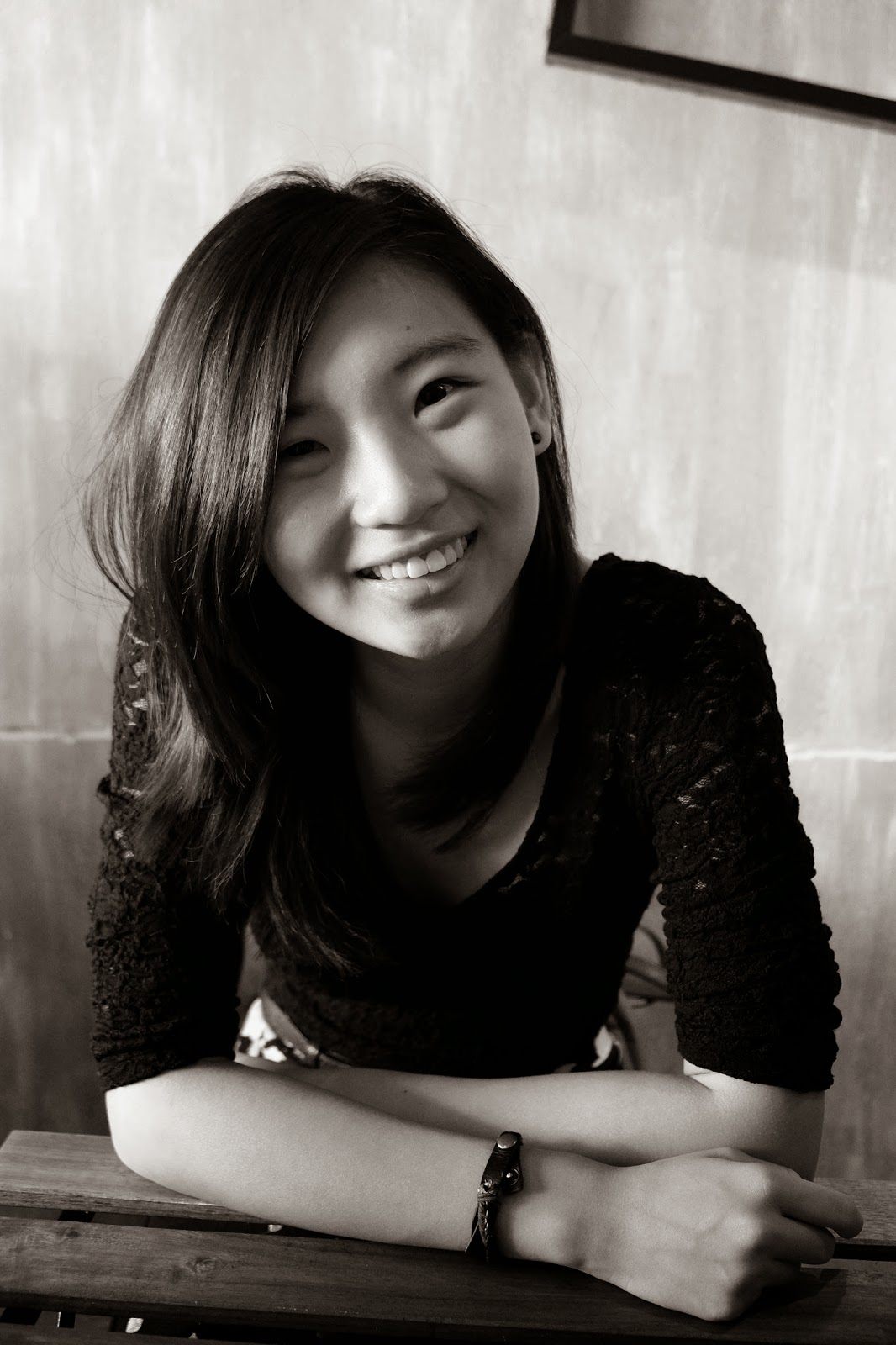Here's my melodramatic recount of my life ever since I handed in my dissertation. Don't you love how we all like to act all literary and creative with big words with irrelevant pictures? (Instagram is chock full of it haha)
Anyway, I feel great! Freedom calls for another follow up post on monoclebarnacle on the Fujifilm xt1 that I've been using for the past week or so.
Some thoughts about the camera:
1) It's really good-looking. Everywhere I go, people notice the good looks and praise the feel of it. Even girls with disdain for geeky techie stuff can't help going wow. If there was a Mr. Universe for cameras, The XT-1 is going to be a real strong contender for the crown. Heh.
2) The directional pad feels like that old Playstation controller in the Challenger store that got ravaged by the crummy fingers of angry young schoolboys. It has little to no tactile feedback and sometimes I have to consciously look at the back of the camera to know what I'm pressing. It's soft and a little too shallow for rapid operation. Not my favorite, after coming from DSLRs, where the directional pads feel much more robust.
3) Jpegs straight out of the cameras are pretty good. A little smeared here and there which gets on my nerves but the colours really astound me at times. Not always the most accurate in white balance and colours but its a pretty charming package as a whole. Not to mention the recent dry spell turned Singapore into a dry and dusty pseudo-autumn landscape. Pretty nice for picture taking though, if the haze wasn't in the equation.
Now let the pictures do all the talking. All of these pictures are not edited at all, shot mostly on Provia (standard) or Astia (soft).
Pretty lovely isn't it? For something totally unedited! (At least not on a computer)
Next up: I've just gotten the Fujifilm 23mm F/1.4 R prime lens.
Here's a sneak preview of it!
3) Jpegs straight out of the cameras are pretty good. A little smeared here and there which gets on my nerves but the colours really astound me at times. Not always the most accurate in white balance and colours but its a pretty charming package as a whole. Not to mention the recent dry spell turned Singapore into a dry and dusty pseudo-autumn landscape. Pretty nice for picture taking though, if the haze wasn't in the equation.
Now let the pictures do all the talking. All of these pictures are not edited at all, shot mostly on Provia (standard) or Astia (soft).
 |
 |
 |
 |
Pretty lovely isn't it? For something totally unedited! (At least not on a computer)
Next up: I've just gotten the Fujifilm 23mm F/1.4 R prime lens.
Here's a sneak preview of it!
A real hefty lens with a 62mm filter thread size. As with all fuji lenses, this one feels really solid to the touch, with metal parts used throughout the lens. And I have to say, this lens is pretty sharp wide open at f/1.4! The depth of field is pretty hard to control but I'm seeing some real promising stuff coming out of this lens! I will update again once I've shot some serious stuff with it.
Before I end, here's a little camera geek tidbit for you guys out there (that's reading this virtual space).
White Balance
You've heard this word being thrown around by pompous photographers when you've got a photo that's really yellow or orange (sounds familiar?). We kind of know what is it, but how is it relevant to photography after all? Here's a chart for you to know what exactly is colour temperature in everyday light.
Credit: www.digitalcameraworld.com
So what does this have to do with your camera? When you take a picture with auto white balance (most ppl use this), it tries to sense the colour of the light in your photo to accurately portray the degree or warmness/coolness correctly. However most small cameras are quite poor at this as their auto white balance abilities are pretty poor, which means it can't sense the colour of the scene properly when its out of its range (such as way too yellow/orange). Photographers use a grey/white card to counter this, by taking a photo with the grey/white card in the scene first, after which they can use it as a point of reference for all the subsequent photos taken. If I'm not wrong, you can just shoot anything that's pure white in colour for reference later on. From there, you can just adjust the temperature till the paper is pure white and you will get an accurate white balance! Be sure to employ this little trick the next time when you edit your photos!
Feel free to comment if you have something you would like to read about the next time!






No comments:
Post a Comment